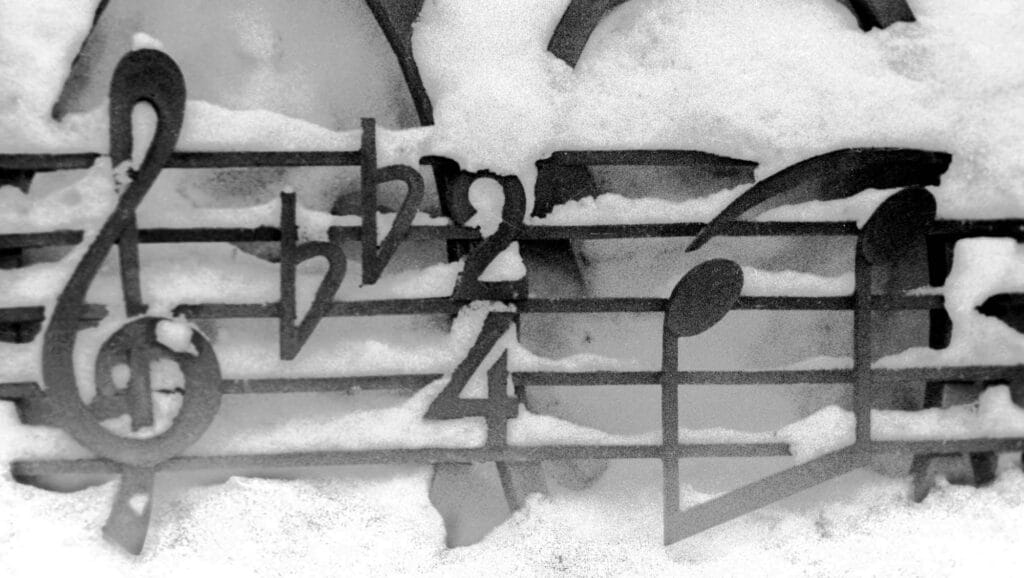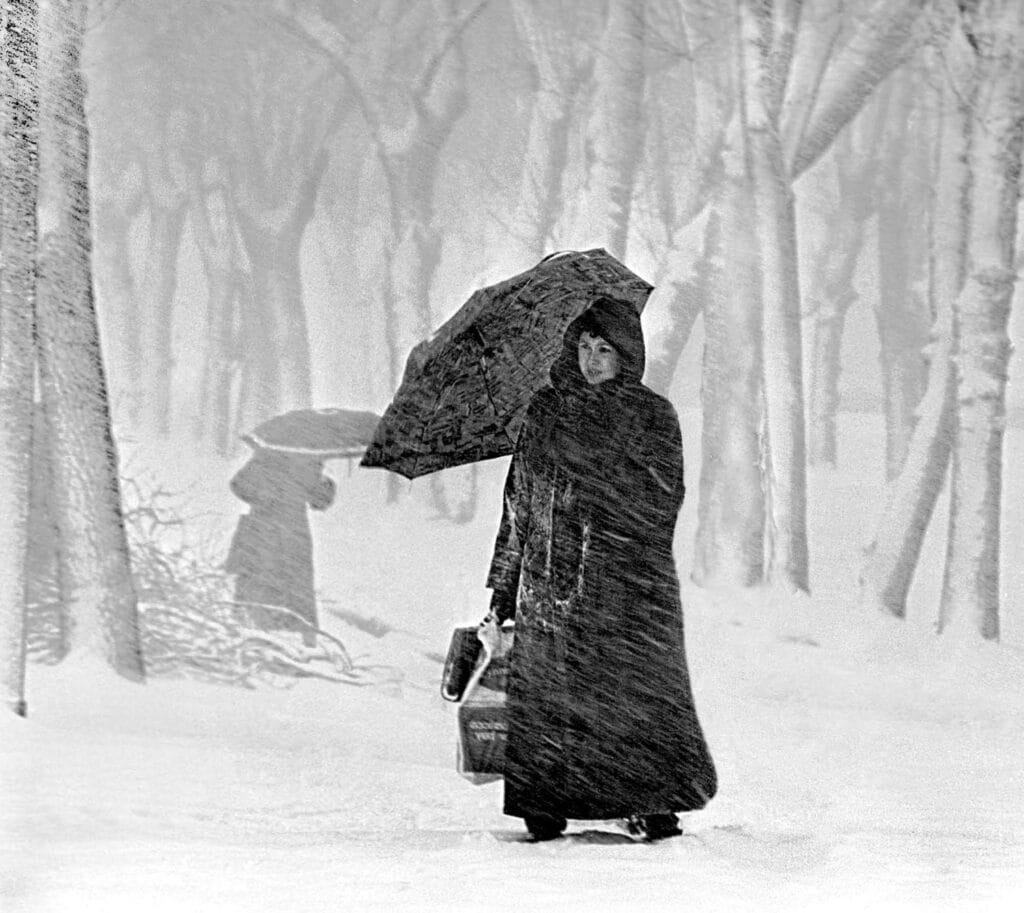“Crystal” parks
[ad_1]
Winter is an amazing time of the year: fluffy snow, sparkling ice, frost invigorates! Good! But the cold winter season presents people with a lot of unusual weather phenomena. Recently, the weather forecast announced a possible freezing rain. What it is? Let’s figure it out.
 Theoretically, it should not rain at sub-zero temperatures, because the water freezes. But in fact, it can rain even at minus 15, only each drop will be “packed” into an ice “capsule”. This phenomenon is called freezing rain.
Theoretically, it should not rain at sub-zero temperatures, because the water freezes. But in fact, it can rain even at minus 15, only each drop will be “packed” into an ice “capsule”. This phenomenon is called freezing rain.
Scientists say that freezing rain is atmospheric precipitation that falls at negative air temperatures from 0 to -15 in the form of solid transparent ice balls with a diameter of 1-3 mm. It looks like hail, but it’s not the same. Hailstones are composed of fully frozen water droplets, so they are heavier and have more impact force. The hailstones melt gradually. Freezing rain is formed when a layer of warm air in the atmosphere falls between two layers of cold air – a kind of “layer cake”. In the upper, cold layer, the moisture freezes, then again the warm layer, and our moisture melts. But then a layer of cold air again appears on its way. And this is where raindrops near the ground end up in a layer with a temperature below zero, but they do not pass into snow or ice, but into a special state of water: it does not freeze, it does not become either ice or snow. Brittle ice balls with water inside are formed. These balls are unstable, the top layer collapses upon contact with a solid surface. Falling, balls – capsules break, water flows down from branches, wires and other surfaces, tightly seized by frost, freezes, not having time to break away from them and, as a result, frost forms, a strong ice crust.

Freezing rain is the reason for the formation of an ice cocoon around wires, antennas, tree branches. Gardens, parks, forests become “crystal”, and it’s very beautiful!
But a beautiful natural phenomenon in the photo is dangerous. A layer of ice that covers everything after freezing rain can cause serious damage to nature and humans. Covering with a crust, each branch of the tree is “sealed”, it becomes very fragile. Under the weight of the ice, large branches and branches of trees break, creating problems for cars and pedestrians. Wires under the weight of frozen ice sag, power lines break. Ice also forms on the ground during freezing rain – this is one of the causes of heavy ice, which on the streets causes serious injuries, car accidents and road collapses.

Many people remember December 25, 2010, when the strongest freezing rain fell over central Russia. In Moscow and the Moscow region there were numerous breaks in power lines. More than 400 thousand people were left without electricity, the Domodedovo airport was completely de-energized. Due to falling branches and whole trees, 27 people were injured, one died. 1,350 people were injured as a result of icy conditions in two days. There were also cases of freezing rain and ice in other regions of Russia. In the Ural city of Troitsk, schools were closed for two days due to ice. There was a huge traffic jam on the M5 highway in the Zlatoust area due to the fact that heavy trucks could not climb the slope.

On December 26, 2010, freezing rain covered Western Europe as well. Thousands of people were left without electricity in Poland due to icy wires. In some areas, electric transport stopped working. In Germany, road patrols recorded hundreds of accidents, and there were serious traffic jams on motorways.
Fortunately, in Russia, freezing rain is an infrequent phenomenon. The heaviest freezing rains hit North America every year.
Mikhail Kovalyov.
Author’s photo
[ad_2]
Source link








